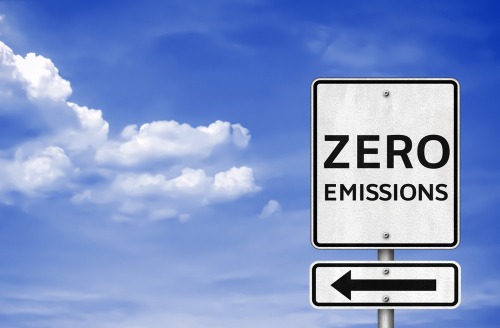
On Monday, the California Energy Commission announced that it had approved a three-year $1.4 billion plan to help the state achieve its 2025 electric vehicle charging and hydrogen refueling goals.
The plan focuses on closing the funding gap so that it can speed up the state’s zero-emission vehicle (ZEV) infrastructure buildout in support of Gov. Gavin Newsome’s executive order phasing out the sale of new gasoline-powered passenger vehicles by 2035.
“This plan charts the path for Governor Newsom’s historic budget investments in zero-emission transportation infrastructure and manufacturing,” said Lead Commissioner for Transportation Patty Monahan. “These dollars close the 2025 infrastructure funding gap so that access to charging and hydrogen fueling isn’t a barrier for those exploring cleaner transportation options including individuals, businesses, and public agencies.”
The 2021-2023 Investment Plan Update increased the budget of the Clean Transportation Program to include $1.1 billion from the state’s 2021-2022 budget, in addition to the remaining $238 million in program funds.
The plan focuses on ZEV infrastructure buildout, with nearly 80 percent of available funding going to charging stations or hydrogen refueling. The investments are allocated at the beginning of the process to ensure the public adoption of ZEVs is not hampered by lack of infrastructure and includes $314 million for light-duty electric vehicle charging infrastructure and $77 million for hydrogen refueling infrastructure.
The plan includes $690 million for medium- and heavy-duty ZEV infrastructure, including the infrastructure to support 1,000 zero-emission school buses, 1,000 zero-emission transit buses, and 1,150 zero-emission drayage trucks. The plan also includes funding for in-state ZEV manufacturing support, workforce training and development, and near- and zero-emission fuel production.